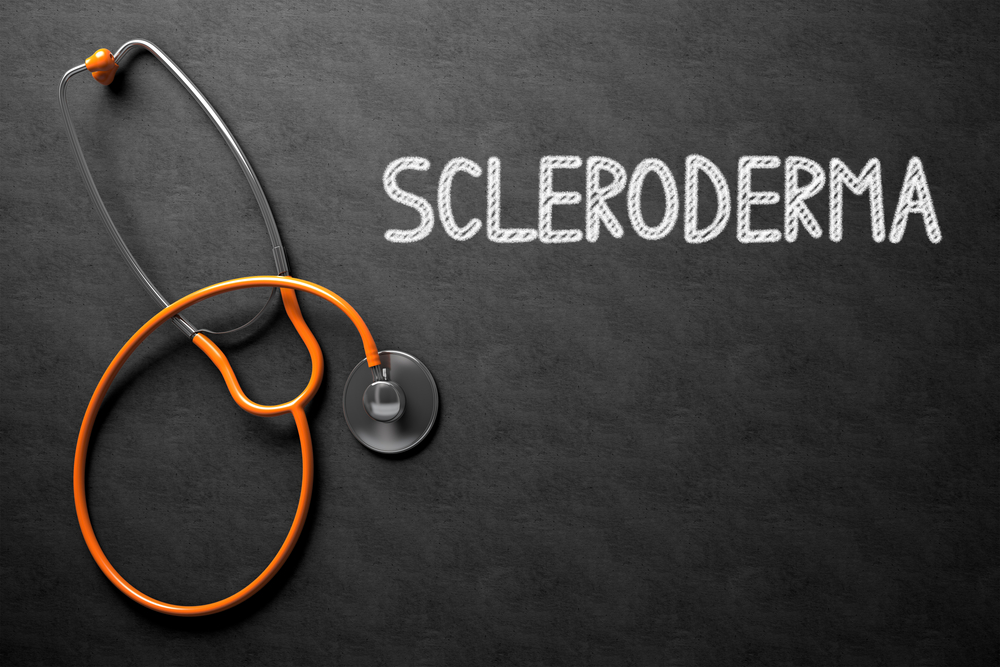Hyaluronidase Eased SSc Patient’s Problems with Eating, Dental Care, Report Says
Written by |

Injections of hyaluronidase, marketed as Hylenex, among other names, improved the ability to eat and reduced difficulties in opening the mouth and dental care in a woman with scleroderma, according to a new case report.
The case was described in a study, “Hyaluronidase Treatment of Scleroderma-Induced Microstomia,” published in the journal JAMA Dermatology.
Microstomia, which refers to the tightening and hardening of the skin around the mouth, is a common manifestation in people with scleroderma. This complication can cause difficulties in speaking, eating, and oral hygiene.
A team at the University of Alabama at Birmingham described the case of a 53-year-old woman who had been diagnosed with limited cutaneous scleroderma in 2005 and experienced progressive mouth tightening since.
She tested positive for antinuclear antibodies, which are indicators of autoimmune disease. She started taking immunosuppressants to manage her symptoms, but had to stop taking them after a breast cancer diagnosis in 2013.
She complained of having difficulties with dental care, eating, and mouth opening. Her Mouth Handicap in Systemic Sclerosis (MHISS) score — which assesses mouth disability — was 42 of a maximum 48.
As her microstomia continued to progress despite previous treatment with CellCept (mycophenolate mofetil) and systemic corticosteroids, the clinical team decided to treat her with hyaluronidase, given its favorable risk versus benefit profile.
Hyaluronidase is an enzyme that breaks down hyaluronic acid and other large sugar molecules, called mucopolysaccharides, that accumulate within connective tissue, contributing to the hardening of tissues.
Hyaluronidase was administrated by intradermal (within the skin) injections, initially applied only to a limited area of the upper lip at a low dose (20 IU) to test her tolerance and reaction to the treatment.
She reported improvements at two months, despite experiencing mild bruising on the left side. She then received a higher dose (50 IU) without complications, followed by a 200 IU injection across the entire upper and lower lip at each of her two subsequent follow-up appointments.
After four visits over seven months and a total hyaluronidase dose of 470 IU, she had a score of 38 in the MHISS analysis. She also reported that it was now easier for her to eat and do her dental care, and the treatment improved her ability to open her mouth.
The team believes that her improvements could be mediated by hyaluronidase’s activity on breaking down components of the skin’s extracellular matrix, which provides structural and biochemical support to cells and accumulates in scleroderma patients.
“We hope that the present case points toward a simple, effective, and easily accessible treatment option for patients with disabling or refractory microstomia,” researchers said.





